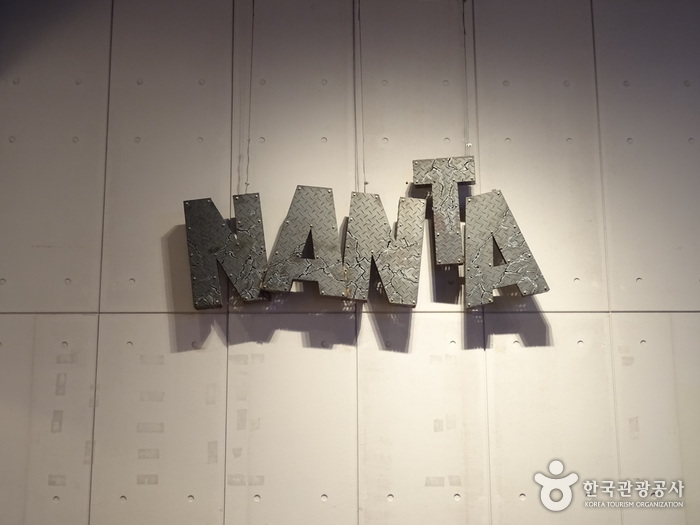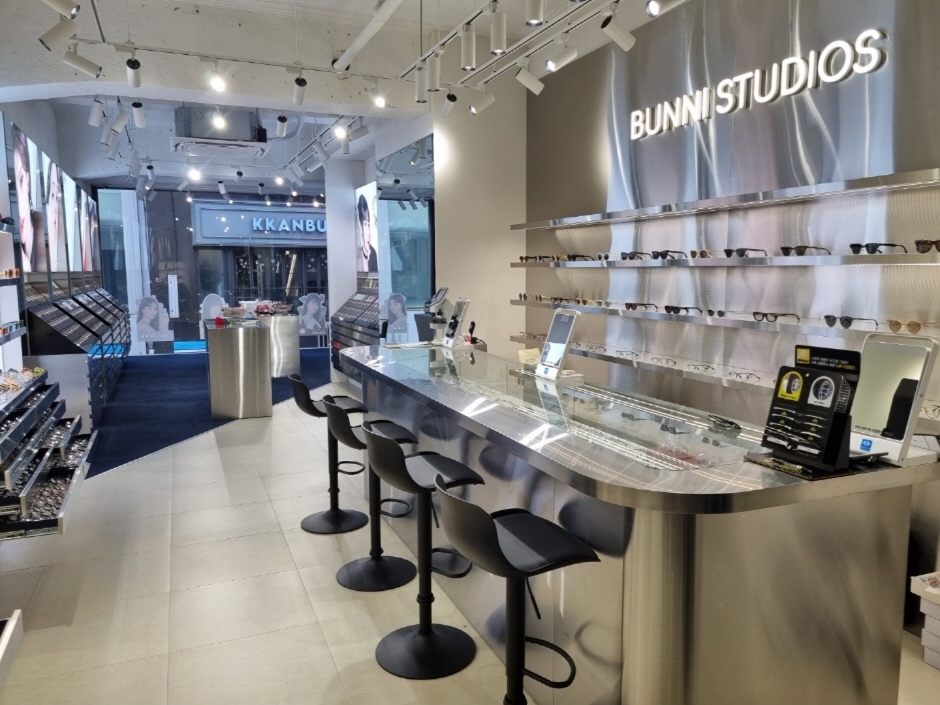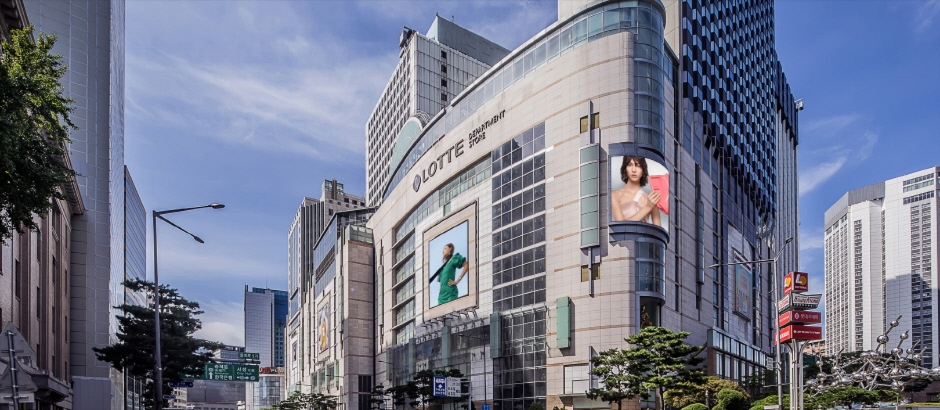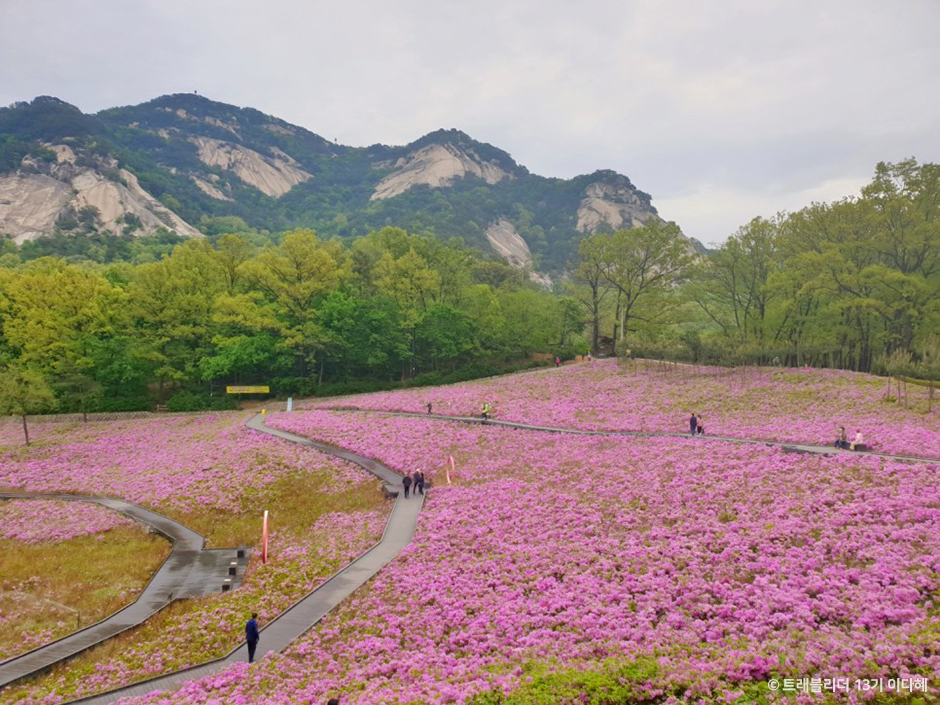World Top Pharmacy - Lotte Main Branch [Tax Refund Shop] (월드탑약국 롯데본점)
6.7Km 2024-04-16
9F, 81, Namdaemun-ro, Jung-gu, Seoul
-
Lucenlee - Lotte Main Branch [Tax Refund Shop] (루첸리 롯데본점)
6.7Km 2024-06-26
81, Namdaemun-ro, Jung-gu, Seoul
-
Myeongdong Nanta Theatre (명동난타극장)
6.7Km 2021-07-23
26, Myeongdong-gil, Jung-gu, Seoul
+82-2-739-8288
Nanta, Korea's representative non-verbal performance, opened their fourth exclusive theater in Myeong-dong, the center of shopping. The 386-seat theater is located within the UNESCO Building. It is the largst of the Nanta theaters, and was the first to present foreign actors within the performances. There are 3 shows every day, all year round.
Bunni Studios Optical - Myeongdong Branch (바니스튜디오 안경(명동역점))
6.7Km 2024-04-02
21 Myeongdong 8ga-gil, Jung-gu, Seoul
Bunni Studios is an optical store geared toward the younger generation, offering quality glasses and color contact lenses. The staff are able to provide service in a range of foreign languages, including English, Japanese, and Chinese. Bunni Studios collaborates with popular lens producers, and offers over 500 types of lenses. Shoppers can also have products delivered to their hotel within Seoul if they shop does not have the item in stock. International tourists can make tax-free purchases.
LOTTE Department Store - Myeongdong Main Store (롯데백화점 (본점))
6.7Km 2024-05-17
81, Namdaemun-ro, Jung-gu, Seoul
+82-2-2200-0111
LOTTE Main store is the original branch of LOTTE Department Store, situated in the heart of Korea's bustling tourism hub, Myeong-dong. Shoppers can enjoy their time in the premium life-style shopping place with Luxury & Trendy brands.
CU - Koreana Hotel Branch [Tax Refund Shop] (cu코리아나호텔점)
6.7Km 2024-06-26
135, Sejong-daero, Jung-gu, Seoul
-
ABC-Mart - Myeong-dong 3(sam)beon-ga [Tax Refund Shop] (ABC마트 ST명동3번가)
6.7Km 2024-04-17
41, Myeongdong 10-gil, Jung-gu, Seoul
-
Buramsan Butterfly Garden (불암산나비정원)
6.7Km 2024-07-19
51-27 Hangeulbiseok-ro 12-gil, Nowon-gu, Seoul
Buramsan Butterfly Garden is located within Buramsan Healing Town in Nowon. It is an exhibition garden where one can observe live butterflies all year round. The main building's first floor comprises an incubation center, a breeding center, and a butterfly greenhouse while the second floor is used as an insect education center. At the insect education center, visiors can observe materials related to and specimens of endangered insect species. Groups require a reservation in advance.
BBQ CHICKEN Myeong-dong Star(BBQ치킨 명동스타)
6.7Km 2024-03-07
2F, 2 Myeongdong 4-gil, Jung-gu, Seoul
+82-507-1363-8810
BBQ CHICKEN Myeong-dong Star's signature dish is the Golden Olive Fried Chicken, which is fried in savory olive oil. The crispy batter and tender, savory meat are excellent. Patrons have other option to yangnyeom chicken (seasoned fried chicken), basak garlic chicken, or half and half. Ordering chicken legs and wings by cut is also a favorite. The best combination is with a cold beer.
![World Top Pharmacy - Lotte Main Branch [Tax Refund Shop] (월드탑약국 롯데본점)](http://tong.visitkorea.or.kr/cms/resource/35/2887935_image2_1.jpg)
![Lucenlee - Lotte Main Branch [Tax Refund Shop] (루첸리 롯데본점)](http://tong.visitkorea.or.kr/cms/resource/29/3313629_image2_1.jpg)




![ABC-Mart - Myeong-dong 3(sam)beon-ga [Tax Refund Shop] (ABC마트 ST명동3번가)](http://tong.visitkorea.or.kr/cms/resource/50/2878650_image2_1.jpg)

 English
English
 한국어
한국어 日本語
日本語 中文(简体)
中文(简体) Deutsch
Deutsch Français
Français Español
Español Русский
Русский